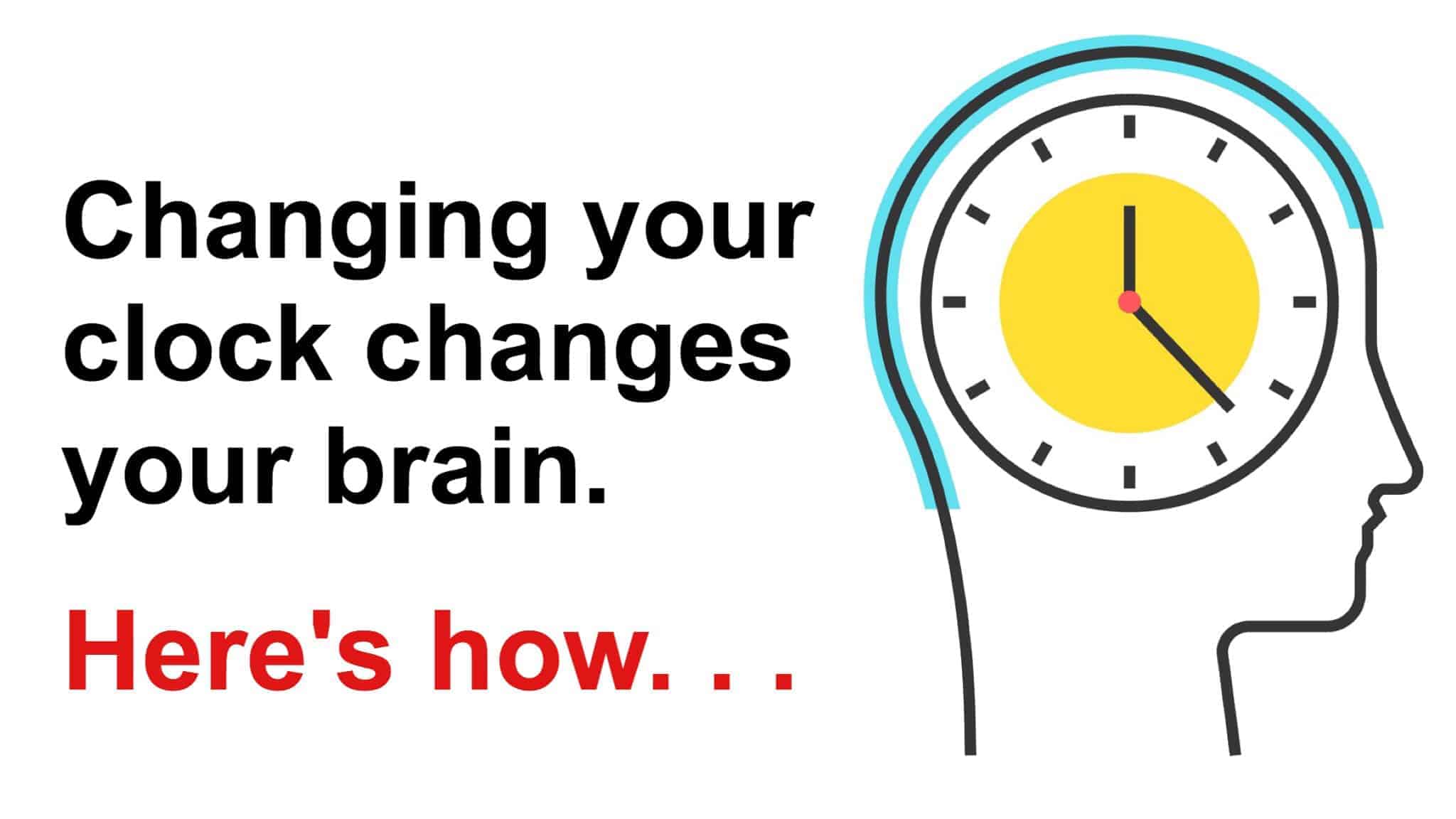Daylight savings time is a fairly modern invention and it became a popular idea for practical and financial reasons. When people first used artificial light, they had to either burn either gas or oil lamps. The use of these fuels cost money, and the more dark hours that people were awake, the more money it took to light the home.
As lighting technology evolved, electrical bills made for a similar financial problem. By changing the time on the clock, we could save money by keeping the lights on less time that we were awake. At the other end of the clock in the morning, farmers were getting up with first light to work their fields no matter what the clock said.
Daylight Savings Time and Your Brain
Due to the tilting of the Earth on its axis at the Winter Equinox, we in the Northern Hemisphere loose precious hours of daylight while those in the Southern Hemisphere experience the reversed seasons. According to timeanddate.com, legislators in Canada were the first to propose that we simply shift our clocks to say that when the nights are too long, we extend waking hours by moving the clock forward an hour.
When the sun would be setting at around 6pm, we shift our clocks to say that sunset is now at 7pm, giving us an ‘extra’ hour of daylight. Time is a fluid concept in the sense that we have artificially assigned a number to the hour of the day. For example, the number 12 represents either noon or midnight. But we could just as easily call noon by the number 4 or 8.
According to the American Journal of Physiology, daylight savings time can have detrimental effects on the human brain, partly due to decreased levels of melatonin. The researchers say ‘We recently reported that humans have mechanisms, like those that exist in other animals, which detect changes in day length and make corresponding adjustments in the duration of nocturnal periods of secretion of melatonin and of other functions. We detected these responses in individuals who were exposed to artificial “days” of different durations.’
Our human senses have evolved to be able to detect changes in the natural light around us. The ability to detect small changes in light resulted in ancient humans developing the ability to increase secretion of melatonin and of other functions as they sleep. However, modern man isn’t adapting well to changes in daylight savings time.
Research shows that our use of artificial light has reduced our natural ability to detect daylight changes as the seasons change. The scientists say ‘The results of this study suggest that modern men’s use of artificial light suppresses responses to seasonal changes in the natural photoperiod that might otherwise occur.’
Circadian Rhythm and Your Mental Health
The amount of daylight we are exposed to can affect mental health by increasing the risk for depression. Depression from a lack of sunlight is a very real mental health condition. Sufferers of Seasonal Affective Disorder are those who feel the ‘Winter Blahs’ particularly strongly as symptoms that are like those of a depressed mood. The winter season with less sunlight can cause a lack of appetite, lack of energy, lack of desire to do anything, depressed feelings, and withdrawing from social activities.
Related article: 10 Types of Pain That Are Directly Linked To Your Emotions
By manipulating the amount of artificial light that a group of study participants received in the morning, researchers in the American Journal of Psychiatry were able to reduce symptoms of depression that are brought on by reduced daylight. The scientists found that the optimal amount of light was a 250-lux dawn simulation over a 2-hour period of time to reduce the effects of winter depression from a lack of daylight.
Avoiding Mental Health Problems During Daylight Savings Time
To improve your mental effectiveness during waking hours in the darker months and prevent psychological problems, look for light bulbs that give you a full spectrum of light. Using full spectrum light bulbs in light fixtures that you turn on in the morning will help your body to sense the artificial daylight and respond with more alertness.
Related article: NASA Research Reveals How ‘Eating The Sun’ Can Give People Superhuman Abilities
During the winter months when daylight savings time is in effect, try to spend at least 15 minutes outside when the sun is at its strongest, usually between noon and 2pm. A small amount of exposure to sunlight will fulfill your requirements to get your daily Vitamin D benefit. In the winter, even with typical head to toe body coverings, we need only approximately one square inch of skin exposed to the sunlight for about 30 minutes to produce adequate Vitamin D for our bodies.
Improving your diet with foods fortified with Vitamin D or dietary supplements will allow your body to have access to more of the only vitamin that your body naturally produces with exposure to sunshine. This may be necessary, especially in winter months if you limit your exposure to sunlight when it is cold.

















